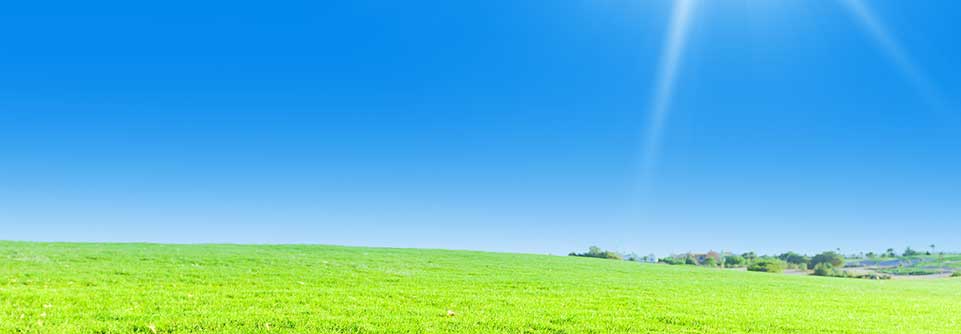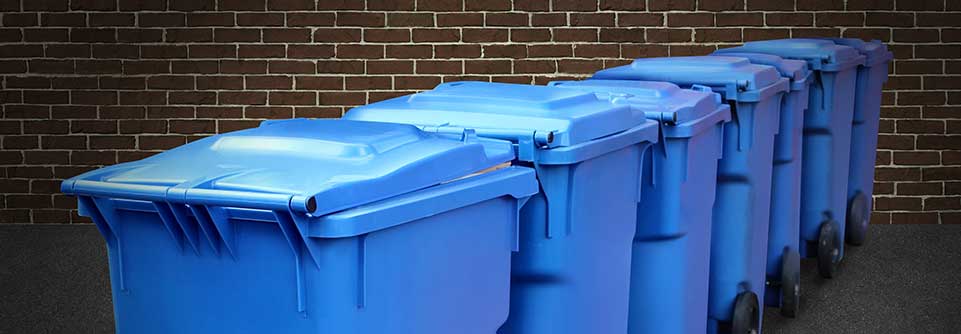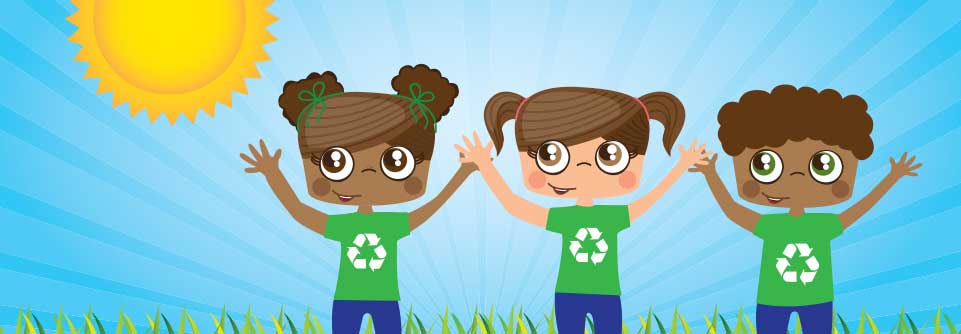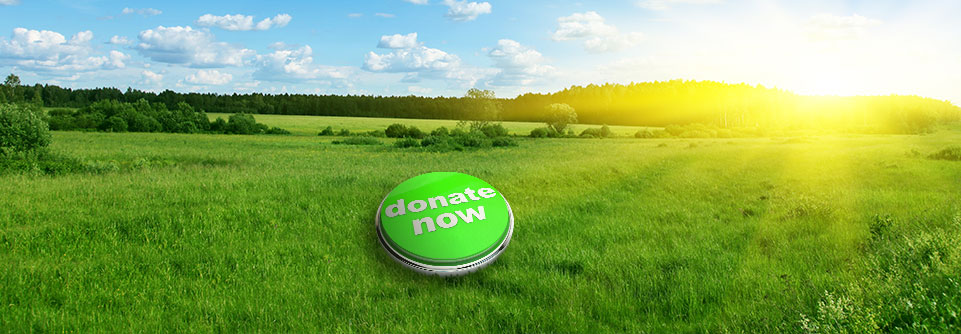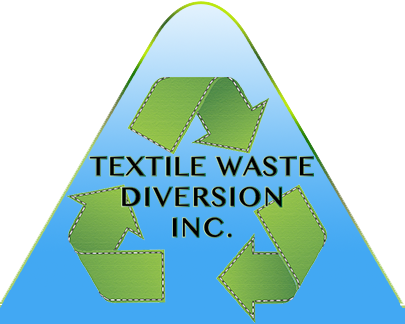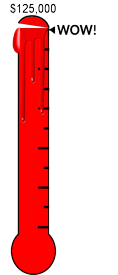
Thanks to your support in 2020, we were able to donate $125,000 to Canadian registered charities.
Reuse, Re-Sell, or Simply Dump?
by Textile Waste Diversion Inc.
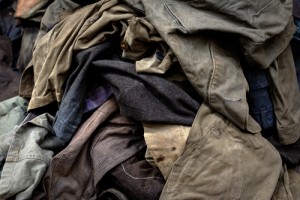 Vendor brand value protection is a growing concern for companies and an escalating debate among consumers. As a leading edge company, we are proud of our investment in green technology that will offer us a local and sustainable option. One that protects brands and supports local industry. We are still in the investigation process, and it will be some time before the technology is ready to be used in Canada.
Vendor brand value protection is a growing concern for companies and an escalating debate among consumers. As a leading edge company, we are proud of our investment in green technology that will offer us a local and sustainable option. One that protects brands and supports local industry. We are still in the investigation process, and it will be some time before the technology is ready to be used in Canada.
In the meantime, vendors and consumers are at odds with how they feel textile waste should be managed.
The recent Abercrombie scandal is the perfect example of consumer backlash to vendor brand value concerns. In all fairness, most retailer companies would prefer that items sent to us for recycling are destroyed rather than exported or reused. Destroying textile waste is standard reverse logistic practice. It has always been. The difference with this incidence is that it has brought a normal practice to the attention of the public.
What consumers want: Consumers don’t want items destroyed, or sent to a landfill. They want their donations locally reused, where possible. Where this is not possible, they would prefer their old clothes exported to third world countries that lack domestic clothing supply.
What brands need: Vendors need their brand to retain value. If you could easily find new name-brand items at a discount store, you may feel less inclined to pay the asking retail price for it at a standard retailer. When name brands flood discount stores, it really does negatively impact the volume of sales at the retail level.
Export Problems: When we export used clothing to third world countries, we are providing much needed items for the poor, and jobs to their local economy. In theory, exporting is the perfect solution. Its one we strongly support, but it does come with issues. For instance, a brand’s exported waste could end up in the care of a company that uses inappropriate methods of managing it – (questionable safety/sustainability practices etc)
Another issue is that because North America exports such high volume and quality used clothing to developing nations, it really discourages new clothing manufacturing industries from thriving there.
The local dilemma: Although its true that unwanted textiles can be shredded for use in upholstery, the industry is flooded with this kind of material – meaning it almost has no value. A modest shredding machine costs over $100,000 not including the power, operating and maintenance costs. This is big investment for any small recycler, considering that the product generated has to be practically given away. When you consider that the value of shredded scrap is about one penny per pound, this is not fiscally viable.
Community driven companies like Soxyy have shifted their perspective about what brand value means. They sell designer socks – vibrant styles sure to get you noticed. When they contacted us for recycling, they specified that they preferred third world export to destruction. They loved the idea of their socks keeping needy feet warm around the world. To them, providing warmth and comfort to third world toes was something to be proud of. They see their generosity as adding value to their brand.
We hope this becomes the new trend. We look forward to the green economy shift where brand value isn’t just equated to local price but also to global service.
In the meantime, we are grateful to innovative European research and development. They offer mutually agreeable solutions that protects brands by transforming used textiles into new industrial commodities. This adds value to the marketplace. With green-tech, everybody wins – and we are proud to be Canada’s leader in its development.
